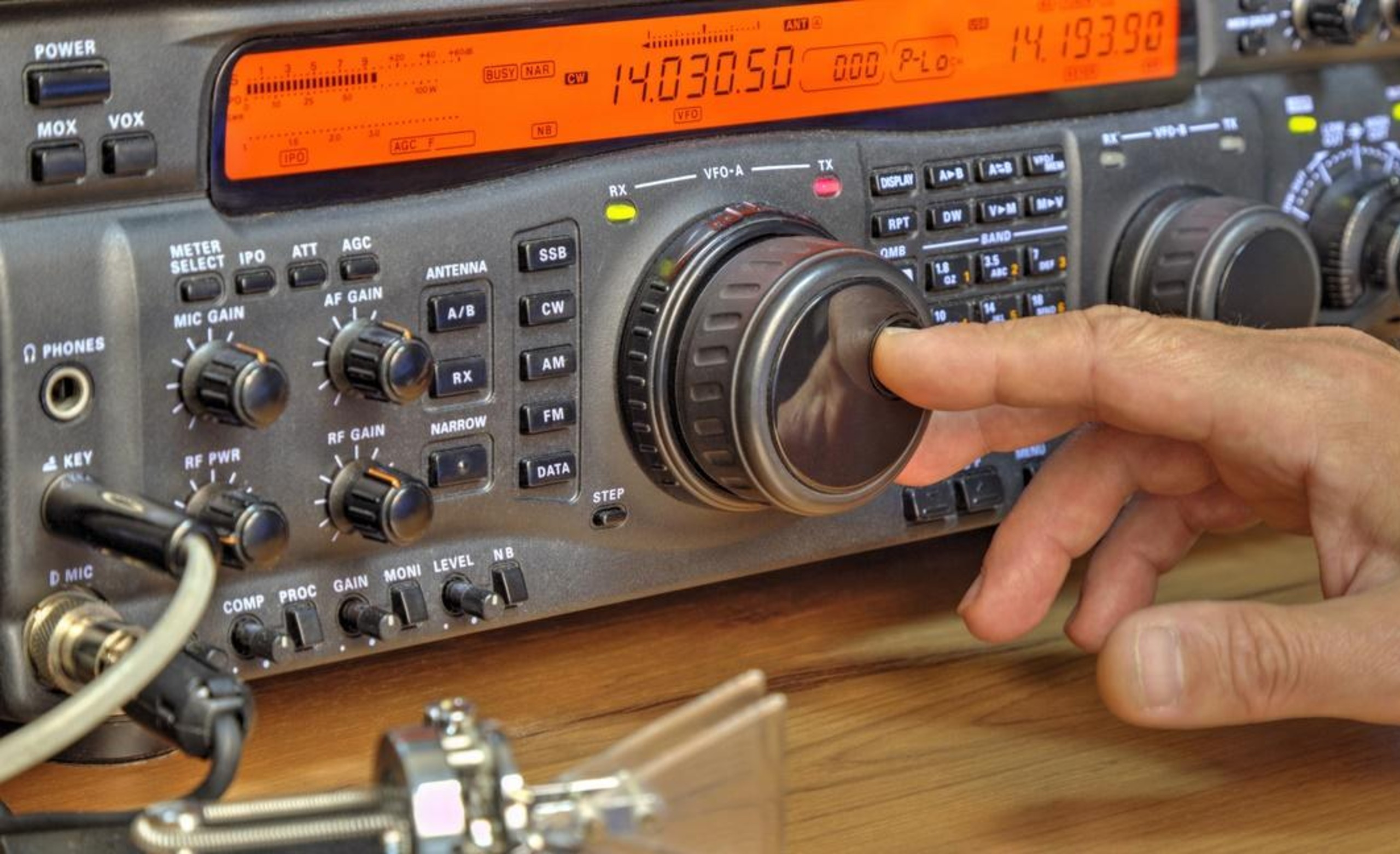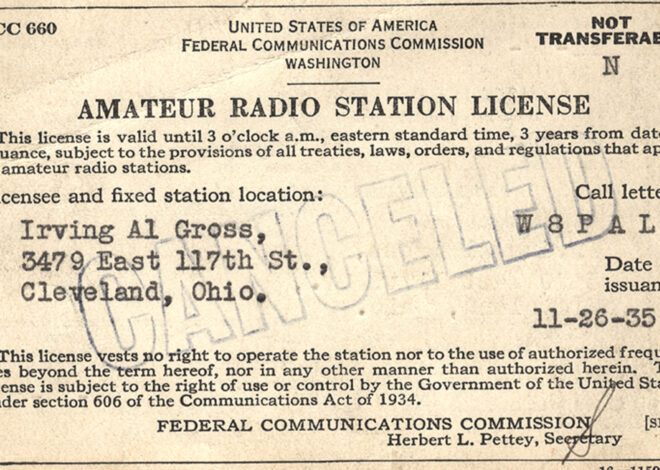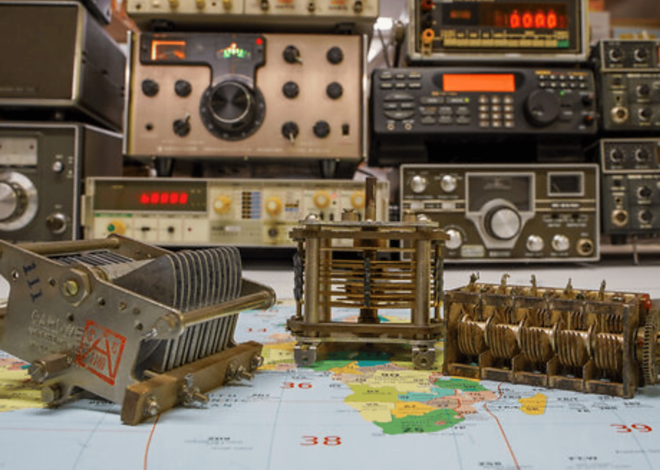
How To Use A Ham Radio
If you’re ready to learn how to use a ham radio, you’ve come to the right place! Ham radios have been around for decades, serving as a lifeline in communication during emergencies and providing a unique hobby for enthusiasts. But what exactly is a ham radio?
Think of it as your ticket to connecting with people across the globe without relying on the internet or cellular networks. Whether you’re drawn by the thrill of making distant contacts or interested in emergency preparedness, learning how to use a ham radio can open up exciting opportunities.
Imagine chatting with someone on the other side of the world while sitting in your living room. The sense of community among ham operators is unmatched, often leading to lifelong friendships and shared experiences.
If you’ve ever wondered about broadcasting your voice into thin air or sending coded messages through static-filled channels, then this guide is just what you need. Ready to take that first step into an electrifying world? Let’s dive in!
Getting Started:
Getting started with ham radio can feel overwhelming, but it’s an exciting journey. Consider joining local clubs or online forums for additional guidance and support from seasoned operators who share their expertise generously. Embrace the learning process; every operator started where you are now!
– Licensing
Before you can dive into the world of ham radio, you’ll need to obtain a license. This ensures that operators have a basic understanding of radio technology and communication protocols.
Licensing in the United States is managed by the Federal Communications Commission (FCC). There are three primary classes: Technician, General, and Extra. Each level offers different privileges regarding frequency access.
To get started, study for your chosen class’s exam. Numerous online resources and local clubs offer materials to help you prepare. Practice tests can also be invaluable in gauging your readiness.
Once you’re ready, find an exam session near you. Many amateur radio organizations host testing events regularly. Passing the test grants you access to operate on specific bands tailored to your licensing level.
Don’t forget that each country has its own regulations; always check local requirements if you’re outside the U.S.
– Equipment
When diving into the world of ham radio, choosing the right equipment is essential. A good starting point is a reliable transceiver. This device combines both transmit and receive functions, making it versatile for various communication needs.
Consider your budget and how you plan to use your ham radio. If you’re just starting out, an entry-level model may suffice. These models are user-friendly and often come with built-in features that simplify operation.
Don’t overlook antennas either. An effective antenna can significantly enhance your signal quality and range. Various types exist, from portable options to more permanent setups.
Invest in accessories like power supplies, microphones, and headsets for improved clarity during communications. Each piece plays a vital role in ensuring you have a seamless experience while operating your ham radio gear.
Choosing the Right Ham Radio Equipment
Selecting the right ham radio equipment can be a daunting task. There are various options available, each tailored to different needs and experience levels. Start by considering your intended use. Are you looking for portable operation or setting up a permanent station?
This decision will guide your choice between handheld transceivers and base stations. Next, evaluate the power output. Higher wattage typically means better range but also requires more robust power sources. Don’t overlook accessories like antennas, microphones, and headsets. These elements significantly enhance communication quality.
Compatibility is essential as well. Ensure that your chosen device works with local frequencies and bands you plan to use regularly. Budget matters too—there’s a wide price range in the market. Research features against costs thoroughly before making any commitments; it pays off in the long run!
Understanding Frequencies and Bands
Understanding frequencies and bands is fundamental for every ham radio operator. Frequencies are specific points in the electromagnetic spectrum where signals are transmitted. Each frequency can carry different types of communication.
Ham radios operate across various bands, which are segments of frequencies allocated for amateur use. These bands allow operators to connect over short distances or communicate globally, depending on the frequency chosen.
The HF (High Frequency) band enables long-distance communication by bouncing signals off the ionosphere. VHF (Very High Frequency) and UHF (Ultra High Frequency) bands typically cover shorter ranges but offer clearer sound quality.
Familiarizing yourself with these concepts will enhance your operating skills. It also helps you select the best band for your needs during specific communications or when choosing a time to transmit based on propagation conditions. Understanding these fundamentals empowers you to make informed decisions while using your ham radio effectively.
Setting Up Your Ham Radio
Setting up your ham radio can feel overwhelming, but it doesn’t have to be. Start by choosing a suitable location for your equipment. Look for a spot that’s both quiet and has good access to power. Next, gather all necessary tools and materials: coaxial cables, connectors, and any additional accessories you might need.
Make sure everything is compatible with your chosen radio model. Connect the antenna first; this step is crucial as it will help you transmit and receive signals effectively. Follow the manufacturer’s instructions closely when wiring everything together.
Once connected, plug in your radio and turn it on. Check for any initial configurations required before tuning into frequencies. Take some time to familiarize yourself with the controls. Understanding how each button functions makes operating your ham radio much more enjoyable.
The Basics of Operating a Ham Radio
Operating a ham radio involves more than just pressing buttons. It requires knowledge and practice to communicate effectively. Start by familiarizing yourself with the controls. Each model has unique features, so take time to explore them all. Understand how to adjust your frequency, volume, and squelch settings.
When ready to transmit, listen first. Ensure the frequency is clear before you speak. This avoids interrupting ongoing conversations. Use proper language during communication. Introduce yourself with your call sign and state who you are addressing. Clarity is key; speak slowly and clearly for effective transmission.
Remember that patience is essential in this hobby. You may not reach someone right away or may need multiple attempts on busy frequencies. Experimentation is part of enjoying ham radio too! Try different modes like voice or digital transmissions as you build confidence in operating your setup.
Operating Procedures and Etiquette
When operating a ham radio, following proper procedures is essential. Start by identifying yourself with your call sign. This helps others know who they are communicating with and maintains transparency. Always listen before transmitting. Ensure the frequency is clear to prevent interrupting ongoing conversations.
Patience goes a long way in fostering good communication. Be respectful of other operators. Avoid dominating the conversation or talking over someone else. Acknowledge responses politely and keep exchanges concise. Use plain language and avoid jargon unless you’re sure everyone understands it.
Clarity enhances communication, especially with varying skill levels among operators. Practice good radio etiquette by keeping chatter friendly but brief during emergency situations where every second counts!
Tips for Effective Communication on a Ham Radio
Clear communication is key when using a ham radio. Always speak slowly and clearly to ensure your message gets through. Avoid jargon unless you know everyone on the frequency understands it. Use concise language. Brevity helps keep conversations flowing and reduces misunderstandings.
Stick to the point, especially during busy times or emergencies. Listen actively before transmitting. It’s important to gauge if the frequency is in use or if someone else has a priority call. Remember proper phonetics for clarity on difficult words or names; this can prevent confusion over static-filled channels.
Stay patient and respectful, even when faced with interference or long-winded operators. Politeness goes a long way in fostering good relationships within the community. Always identify yourself at regular intervals as per FCC regulations; this not only keeps things above board but also familiarizes others with your callsign.
The Benefits of Having a Ham Radio in Emergency Situations
Ham radios play a crucial role during emergencies. When traditional communication systems fail, these devices can keep you connected. In natural disasters like hurricanes or earthquakes, cell towers may go down. Ham radio operators can relay vital information to emergency services and support networks.
Their reach often extends beyond local areas, facilitating communication across long distances. Moreover, ham radios provide real-time updates about the situation on the ground. This allows communities to stay informed and make better decisions during crises.
Having a ham radio means access to dedicated frequencies used by emergency personnel. It creates an invaluable link between first responders and those in need of assistance. The ability to communicate without relying on commercial infrastructure makes ham radios indispensable for preparedness plans—a simple device with life-saving potential when it matters most.
Joining a Community of Ham Radio Operators
Joining a community of ham radio operators opens up a world of shared knowledge and camaraderie. These groups often host events, workshops, and training sessions that can enhance your skills. Engaging with seasoned operators provides invaluable insights into advanced techniques and equipment.
You’ll find mentors who are willing to help you navigate challenges along the way. Online forums and social media groups also serve as excellent platforms for discussion. They allow you to connect with enthusiasts from all over the globe.
Local clubs frequently organize field days where members can practice their communication skills in real-world scenarios. This hands-on experience is essential for growth. Participating in contests or emergency preparedness drills creates excitement while strengthening bonds within the community. Sharing experiences makes learning enjoyable and rewarding too.
Troubleshooting and Maintenance
Troubleshooting your ham radio can be straightforward if you know what to check. Start with the basics: ensure all connections are secure and that the power source is functioning properly. If your radio isn’t transmitting, verify that you’re on the right frequency and using proper settings.
Sometimes, simply resetting the device can resolve minor glitches. Interference issues may arise from nearby electronics or poor antenna placement. Experimenting with different locations for your antenna might yield better results. Regular maintenance is crucial too.
Keep your equipment clean and dust-free to prevent overheating or connectivity problems. Inspect cables for wear and replace any damaged components promptly. Consult online forums or manuals specific to your model for guidance on persistent issues—there’s a vast community of enthusiasts ready to help!
Common Uses for Ham Radio
Ham radios serve a multitude of purposes, making them versatile tools for communication. One common use is during emergencies when traditional networks fail. Ham operators can relay crucial information, connecting communities and providing updates. Many use ham radios for public service events like marathons or festivals.
Operators assist with communications between event coordinators, ensuring smooth operations. Hobbyists enjoy experimenting with different frequencies and bands. They connect globally through voice transmissions or digital modes, allowing them to share experiences and knowledge.
Additionally, educational institutions often incorporate ham radio into their programs to teach students about electronics and communication technology. Some enthusiasts engage in contests where they challenge each other to make the most contacts within a specified time frame—combining fun with skill-building in operating techniques.
Conclusion: Everyone Should Learn How to Use a Ham Radio
Learning how to use a ham radio opens up a world of possibilities. Whether you want to connect with fellow enthusiasts, participate in emergency communications, or simply enjoy the thrill of operating your own station, there’s something special about this hobby.
Ham radios provide an invaluable resource during emergencies when traditional communication methods may fail. They foster community spirit and allow for meaningful connections across distances. Additionally, as technology evolves, so does the ham radio landscape, offering new tools and platforms for engagement.
For anyone looking to develop new skills or explore a unique form of communication, diving into the world of ham radios is both rewarding and practical. Embracing this vibrant community can lead to friendships that span generations and geographical boundaries.
Whether you’re interested in technical aspects or social interaction, each operator brings their own flair to the airwaves. As you embark on this journey, you’ll not only gain knowledge but also become part of something larger—an enduring legacy of connection through voice across time and space.



